INDEPENDENT & UNBIASED
MyGolfSpy accepts $0 advertising dollars from any of the major golf manufacturers. We believe in always putting #ConsumerFirst.
37
Products
Considered
315
Hours
Researched
15,540
Shots
Hit
49.7m
Readers
No two golfers have identical swings. Why, then, would we assume (or be led to assume) that any two golfers would require exactly the same thing from their equipment?
It’s our mission to understand what equipment best serves each unique golfer. The desire to capture more data is why our 2020 Most Wanted Driver Test consisted of 35 real humans and captured more than 15,540 shots. The more we know about the performance of each of the 37 drivers in our test, the better we can help narrow your choices.
It’s tempting to watch the PGA TOUR and assume the same drivers that work for the pros will also serve you. The data say otherwise.
Once again, we’re segmenting our data for 2020 to provide more meaningful information to the individual golfer. We’ve broken down our driver test results into three different swing speed categories. Today, we’re focusing on slow swing speeds (less than 94 miles per hour).
Whether you’re an off-the-rack buyer, someone who’s constantly tweaking your gear or a golfer who is going to take the time to get fitted by a knowledgeable professional, we’re here to help you.
While overall results for the Most Wanted Driver test yielded small differences, the slow swing speed group showed a whopping 13.6 yards of difference between the longest and shortest drivers.
Most Wanted For Slow Swing Speeds: Honma XP-1
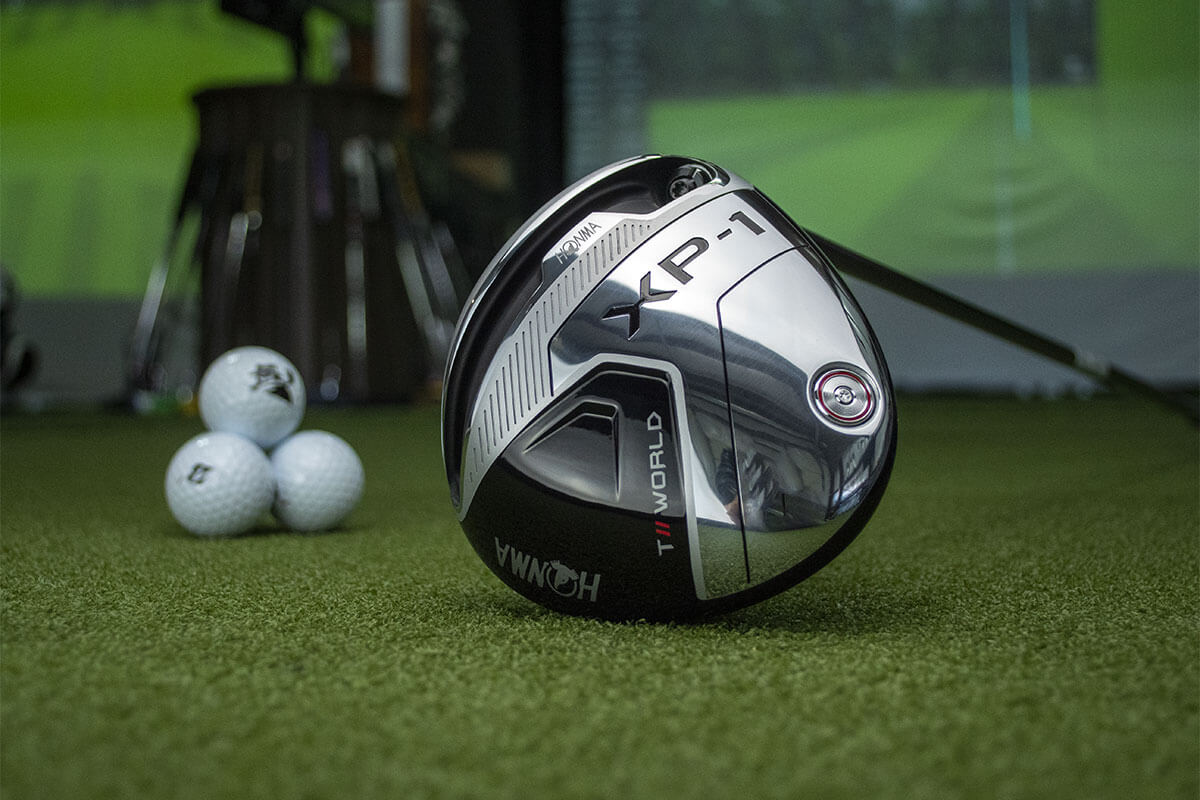
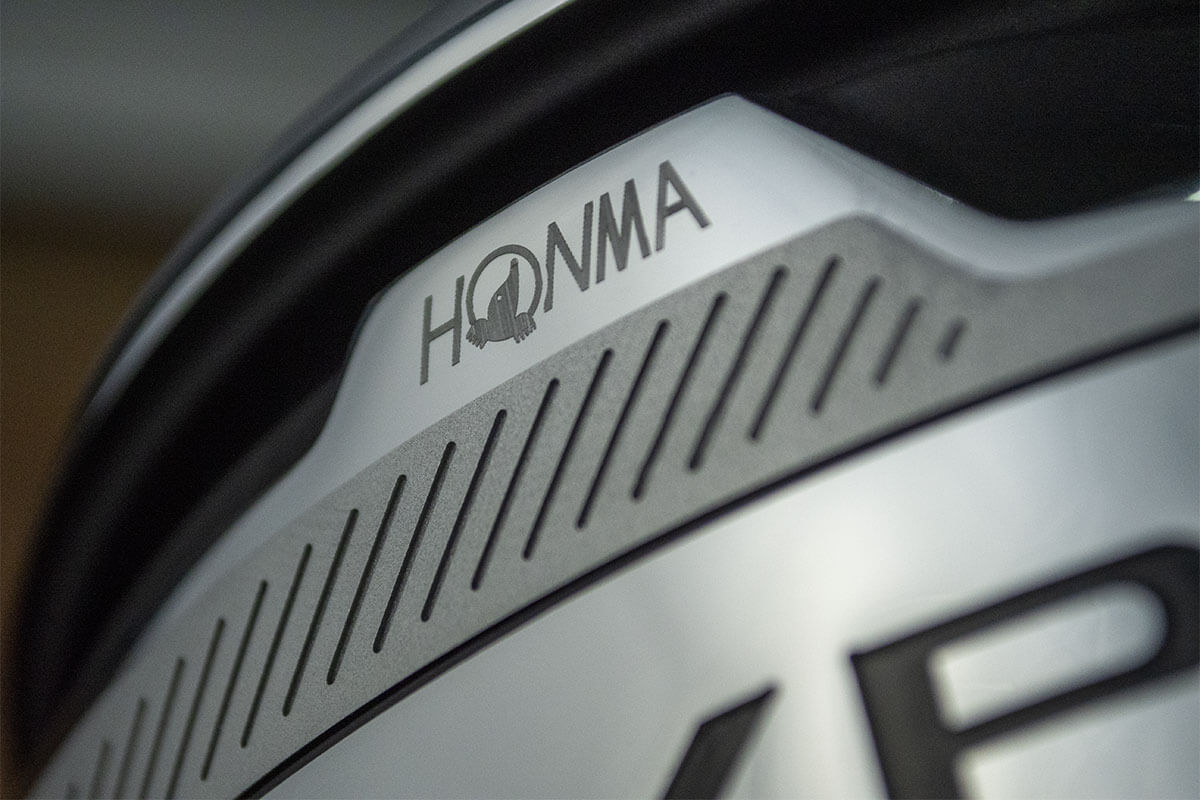



Expert Consultant - Lou Stagner
Lou serves as the Director, Analytics at a multi-billion dollar privately held company. He has over 20 years of experience in analytics, data architecture, and machine learning across a variety of industries, including finance, manufacturing, and energy. Lou recently partnered with Scott Fawcett, creator of the DECADE system, where together, they use stats & analytics to help improve the games of professional and amateur golfers.
Follow @LouStagner on Twitter | PlayingLesson.com
Driver Buying Considerations
Performance should be your primary concern when buying a new driver but there are additional considerations you may want to think about before you make your purchase.
ADJUSTABILITY
By leveraging the adjustability provided by club manufacturers, you can often turn a good driver into a great driver. Most everything on the market has an adjustable hosel which allows the golfer to tweak loft and face angle. Many golfers benefit from the draw and fade options available on drivers like the PING G410 Plus, Titleist TS3 and Mizuno ST200G, to name a few.
Others benefit from the launch, spin and MOI changes offered by front-to-back weight systems like those on the Cobra King SpeedZone, Honma TR20 460 and Callaway Mavrik Sub Zero. For those looking for the best of both worlds, movable weight systems like those in the Mizuno ST200G and PXG 0811 X GEN2 series offer front-to-back as well as draw and fade positions.
SHAFT SELECTION
The shaft absolutely matters. For those who buy off the rack or take a DIY approach to club fitting, having a selection of stock offerings that spans a variety of weight classes and includes – at a minimum – low-, mid- and high-launch shaft options can make the difference between a driver that doesn’t perform and one that goes into your bag.
Distance vs. Forgiveness vs. Shot Shape Correction
While most every manufacturer has its version of the fast AND forgiving story, most are trying to strike the right balance that fits within their brand’s identity. The reality is that pushing ball speed limits often comes at the expense of MOI while maximizing forgiveness often means giving up a bit of speed and adding a bit of spin. It’s up to you to weigh how much speed you want against how much forgiveness you need.
It should also be noted that to create a draw bias (anti-slice correction), weight must be moved to the heel. That means pulling weight from the back of the club which often results in draw-biased models being less forgiving (lower MOI) than standard models from the same family.
Cost
The drivers in this test range in price from $199 to $650, excluding any exotic shaft upgrades. The top performers tend to fall towards the higher end of that price range. For example, $500 can get you a brand-new Callaway Mavrik Max. While $500 is rapidly becoming the new entry-level, those leveraging a cost-per-yard formula will have a hard time justifying paying that much.

PING G410 Plus-Runner Up
PING delivered with the G410 series and the Plus is no exception. The Plus has outstanding fitting versatility and finished second overall in the Best Drivers of 2020 test. It produced consistent results in all metrics and placed third in strokes gained for slow swing speeds. No matter your stroke style, the G410 Plus is worth considering.
2020 Most Wanted DRIVER DATA
To filter and compare by club, use the drop-down list and checkboxes to select only the drivers you wish to compare. Mobile users should rotate their phones to landscape mode.
EXPERT TIP- Flat Settings
If you hook the ball look for a driver with a flat setting to help turn your hook into a mini draw. EX. Ping has created a tip that allows you to drop it into a flat setting, claiming it adjusts nearly three degrees flatter than standard.
SLOW SWING SPEEDS: WHAT YOU NEED TO KNOW IN 2020, SIMPLIFIED.
Congratulations, you’ve read further than most of your peers. So if you’re here, you get bonus in-depth information. Tell your friends. If you swing under 94 miles per hour, take these notes into consideration.
- For slow swing speeds, aerodynamic features provide little to no benefit. Instead, consider longer, lighter designs such as the Titleist TS1, XXIO X and Eleven to work on gaining swing speed.
- Honma’s XP-1 is the No. 1 driver for slow swing speeds. It performed consistently well across all metrics which means improving in one category doesn’t require sacrificing in another.
- If your main concern is improving dispersion, generally expect a loss of distance with certain drivers. For example, the Inesis 500 keeps you closer to the fairway but is typically shorter off the tee for slower swing speeds.
- Perhaps forgiveness is your primary improvement focus. You certainly wouldn’t be alone and should consider a test drive with Cobra’s SpeedZone Xtreme. The SpeedZone Xtreme was one one of the most forgiving drivers in this year’s test across all swing speeds.
- You’re also not alone if you’re perpetually plagued by the dreaded slice. Callaway fans already know that if you’re looking for a draw bias option, consider the Mavrik Max. We found the Mavrik Max helps to eliminate the right side of the golf course for slow swing speeds.
- If you produce low spin rates, you probably struggle to get the ball in the air. Wilson’s Launch Pad has placed the CG further back and down, situating it near the heel of the clubhead to promote higher launch and more spin. Additionally, the Launch Pad is a draw-bias.
- Lower-spin drivers are no longer exclusive to advanced players. Data is showing that modern higher-launch designs help slow swing speed players gain distance while maintaining playability.
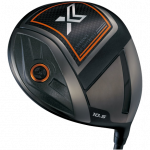
XXIO X Black- Slice Killer
If the slice gets you down, consider giving XXIO X Black a chance. For slower swing speed players, the draw biased weighting and upright lie angle produced the most left-favoring dispersion of drivers tested. The stock shaft is lightweight and for slower swing players, that equated to just under two miles an hour of increased ball speed compared to the group average.
MORE BUYING TIPS
- Always be aware of shaft length. Clubs that are physically longer may produce a bit more distance on your best shots but they’re also generally less accurate and less consistent. There is no industry standard for how to measure so it’s not unusual for a company’s 45.5 inches to measure closer to 46. When demo-ing, be sure to consider the actual length of the clubs you’re testing. One may generate more distance simply because the shaft is longer. In the absence of a ruler, a side-by-side examination can help you understand if a club is really longer (distance) or the shaft is just longer.
- When you use your wrench to add or reduce loft, you’re also changing the face angle. Adding loft closes the face while reducing loft opens it. While we do leverage hosel adjustments to make small changes to launch and spin, very often we use those same adjustments to alter starting direction and improve accuracy. The same approach can work for you.
- Every driver has three lofts: what’s stamped on the club, the actual loft a given manufacturer is trying to hit and the actual measured loft. When all is said and done, there isn’t as much overlap between the three as we’d hope – and that’s before we talk about center of gravity placement and dynamic loft. It’s not usual for one brand’s 9.5 to have the same loft as another’s 10.5, so if you’re a 9.5 in one manufacturer’s lineup, don’t assume you’re a 9.5 in everyone else’s.
- Not all adjustable weighting systems are created equal. If you plan to leverage adjustability to its fullest potential, look for systems that allow you to move significant mass over a wider area of the club head while keeping the weight close to the perimeter of the club.
PRODUCT SPECIFICATIONS
PRODUCT SPECIFICATIONS
| Product | Lie | Length | Swingweight | |
|---|---|---|---|---|
 | Ben Hogan GS53 Check Price | 58 | 45.75 | D4 |
 | Cleveland Launcher HB Turbo Check Price | 60 | 45.75 | D3.4 |
 | Cobra King SpeedZone Check Price | 58.5 | 45.75 | D4.2 |
 | Cobra King SpeedZone Xtreme Check Price | 57.5 | 45.75 | D3.8 |
 | Tour Edge Exotics EXS 220 Check Price | 58 | 45.75 | D3.8 |
 | Honma TR-20 440 Check Price | 59 | 45.25 | D3.7 |
 | Honma TR-20 460 Check Price | 59 | 45.25 | D4.8 |
 | Honma XP-1 Check Price | 59.5 | 45.25 | D2.0 |
 | INESIS 500 REG Check Price | 58 | 45.5 | D4.8 |
 | Lynx Black Cat Check Price | 58 | 45.5 | D3.3 |
 | Callaway Mavrik Check Price | 58 | 45.5 | D1.9 |
 | Callaway Mavrik Max Check Price | 59 | 45.25 | D3.0 |
 | Callaway Mavrik Sub Zero Check Price | 59 | 45.5 | D4.0 |
 | Mizuno ST 200X Check Price | 59 | 45.5 | C7.0 |
 | Mizuno ST 200 Check Price | 56.5 | 45.25 | D4.5 |
 | Mizuno ST 200G Check Price | 56.5 | 45.25 | D3.1 |
 | PING G410 LST Check Price | 57 | 45.5 | D4.5 |
 | PING G410 Plus Check Price | 58.5 | 45.5 | D3.0 |
 | PING G410 SFT Check Price | 58.5 | 45.5 | D1.1 |
 | PXG 0811 X Check Price | 60 | 45.25 | D4.2 |
| PXG 0811 XF Check Price | 60 | 45.25 | D3.2 | |
 | Srixon Z585 Check Price | 58 | 45.25 | D3.5 |
| Srixon Z785 Check Price | 58 | 45.25 | D4.7 | |
| Sub 70 839D Check Price | 58 | 45.25 | D4.8 | |
 | TaylorMade Sim Check Price | 58 | 45.75 | D6.5 |
 | TaylorMade Sim Max D Check Price | 58 | 45.5 | D4.0 |
 | TaylorMade Sim Max Check Price | 58 | 45.75 | D4.9 |
 | Titleist TS4 Check Price | 58.5 | 45.25 | D5.6 |
 | Titleist TS1 Check Price | 58.5 | 45.25 | C8.0 |
| Titleist TS2 Check Price | 58.5 | 45.25 | D5.2 | |
| Titlesit TS3 Check Price | 58.5 | 45.25 | D4.4 | |
 | Tommy Armour 845 Check Price | 59 | 45.25 | D3.8 |
 | Tour Edge HL4 Check Price | 57.5 | 45 | D1.4 |
| Wilson D7 Check Price | 58 | 45.5 | D2.0 | |
 | Wilson Launch Pad Check Price | 58 | 45.5 | D2.0 |
 | XXIO Eleven Check Price | 59 | 45.75 | D2.9 |
 | XXIO X Black Check Price | 59 | 45.75 | D2.3 |
THE BEST DRIVERS FOR SLOW SWING SPEEDS 2020 – FAQ
Buying a New Driver
Q: How often should I buy a new driver?
A: While on rare occasions there are quantifiable year-over-year breakthroughs, typically it takes three to five years for manufacturers to make any significant performance gains. With the USGA further tightening restrictions on manufacturers, it’s possible, even likely, that it will take longer still moving forward. Our recommendation is to buy a new driver only when it appreciably outperforms what is already in your bag. Of course, if you want a new driver because you want a new driver, that’s fine, too.
Q: With all the talk of new face technology, is there one driver that produces significantly more ball speed?
A: Across our test pool as a whole, we found no significant ball speed advantage that can be attributed to face technology. It’s true that some drivers worked significantly better for individual golfers than others but thus far we’ve found no evidence to suggest any one brand has a significant ball-speed advantage over its competitors.
Q: Does the shaft matter?
A: Absolutely. While changes to spin and launch and spin differences are rarely massive, shaft changes frequently lead to improved accuracy, tighter dispersion and greater overall consistency.
Q: What should I look for when testing drivers?
A: While golfers have been conditioned to consider distance to the exclusion of nearly everything else, we recommended looking at the little numbers and looking for small circles. When comparing metrics like distance and ball speed, be sure to look at your standard deviations (the small numbers usually found under the big ones on the data screen). Smaller numbers mean better consistency which will usually mean more than an extra yard or two on the golf course. Similarly, look for tighter dispersion ellipses (small circles). We can’t overstate the importance of consistency with the driver.
Q: Is there any downside to adjustability?
A: Yes, but… With many designs, adjustable hosels weigh significantly more than their glued alternatives so manufacturers have to find workarounds to offset the additional weight in an area where additional weight is undesirable. Furthermore, movable weight systems require complex physical structures that eat up otherwise discretionary mass and often have sound and feel consequences. That said, in most cases, the fitting versatility more than offsets those negatives. This is especially true for golfers who choose not to work directly with a fitter.
How Adjusting Loft Impacts Launch and Spin
Did you know that adjusting the loft of your driver by 1° changes launch angle by approximately .8° and alters spin by +/-300RPM?
Most Wanted
Q: How are the drivers in test fitted to each golfer?
A: We use a fitting process that we call “fit from stock.” Drivers are fitted to each tester using the stock no up-charge options from each manufacturer. We test with stamped lofts between nine and 10.5 degrees and fully utilize the fitting capability within each manufacturer’s lineup. This includes leveraging loft, lie and face angle adjustability (hosel), movable weights and available shafts.
Q: How is the “Most Wanted Driver” determined?
A: To determine the Most Wanted Driver, we look at a variety of performance metrics based on data collected with Foresight GCQuad Launch Monitors. For each tester, we calculate strokes gained across all testers. The Most Wanted driver is the is the one that produced the highest strokes gained relative to the average across the entire test cohort
Q: How do you break down the test by swing speed?
A: In order to determine the best performing drivers at a given swing speed, we broke the data down into even groups based on testers’ average swing speed. For the low swing speeds, 12 testers in our Most Wanted Driver Test produced driver swing speeds below 95 mph.
Q: How is the “Longest Driver” determined?
A: To determine the Longest Driver, we consider the average total yards across the test pool along with the statistical reliability of that data. We also look at a narrower subset of the data that included only the longest few shots hit by each tester with each club.
Q: How is the “Most Forgiving Driver” determined?
A: To determine the Most Forgiving Driver, we focus on a narrower set of metrics that includes shot area (dispersion), accuracy and the average standard deviation for ball speed and carry yards.
Q: How much does subjective feedback like looks, sound and feel factor into your rankings?
A: ZERO. Our rankings are based purely on launch monitor data and quantifiable performance metrics.

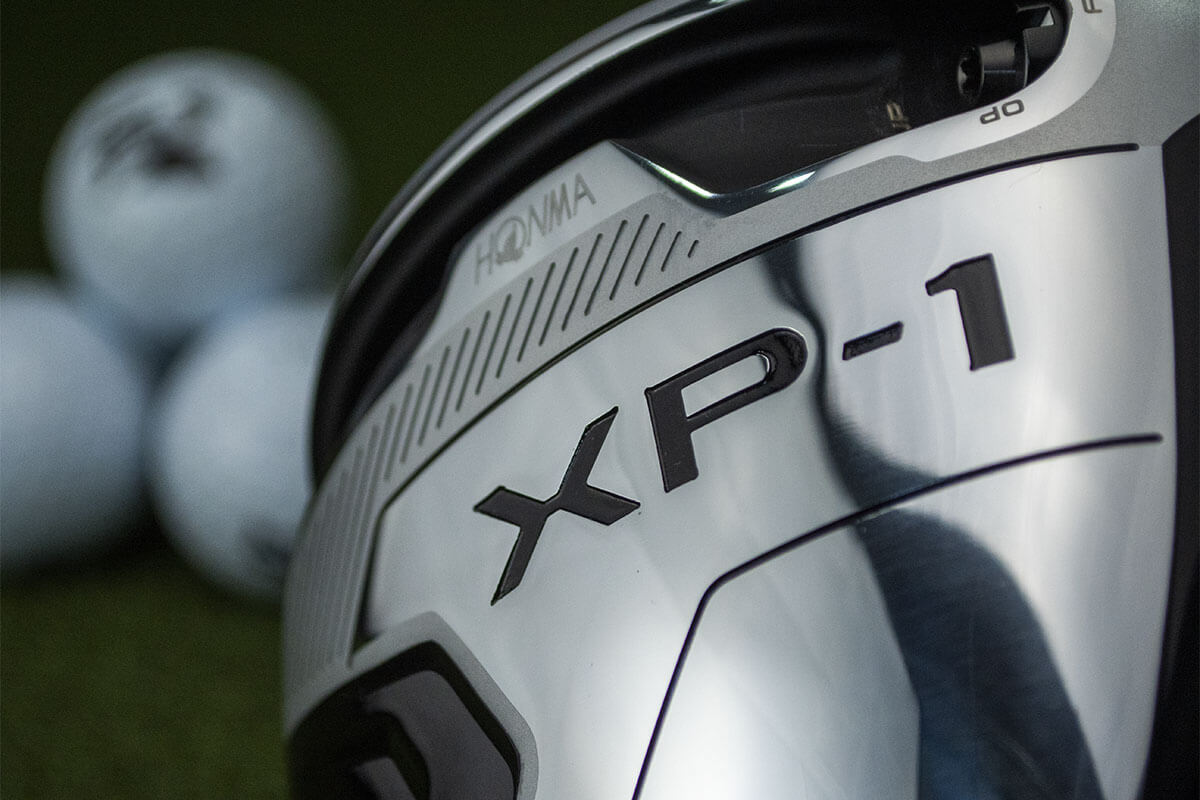
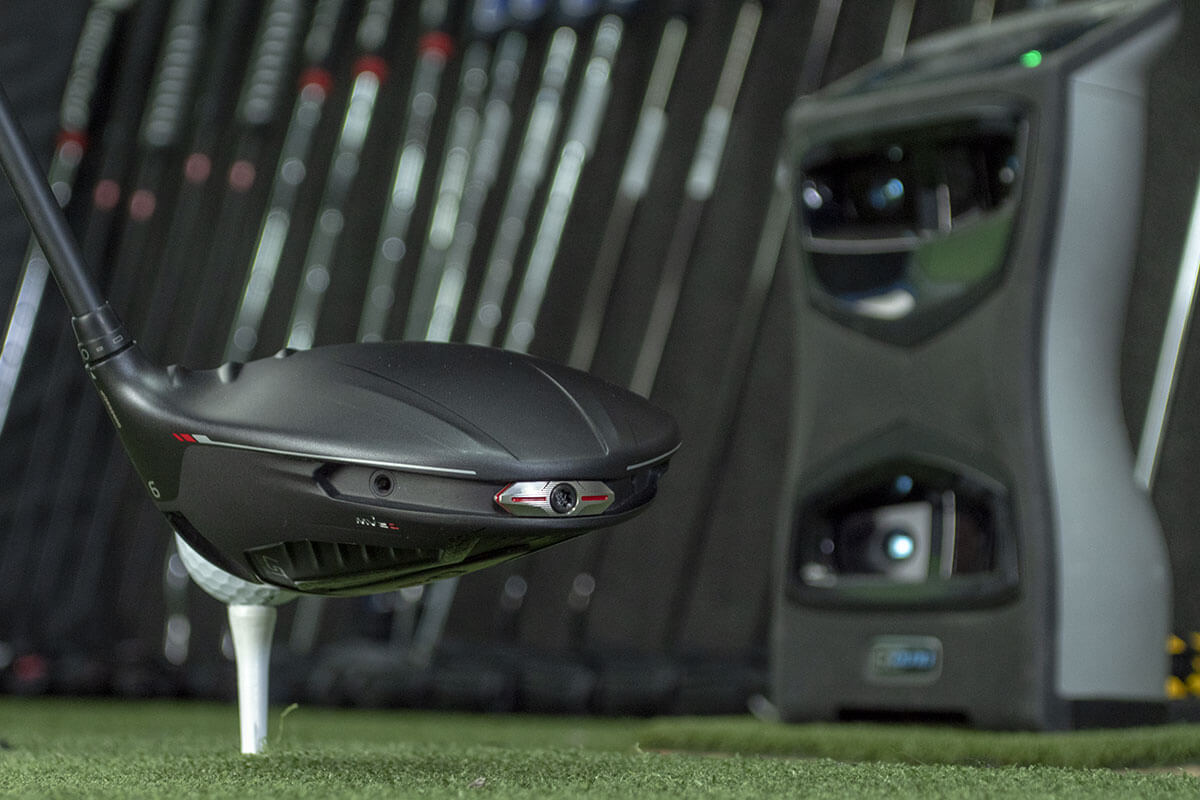

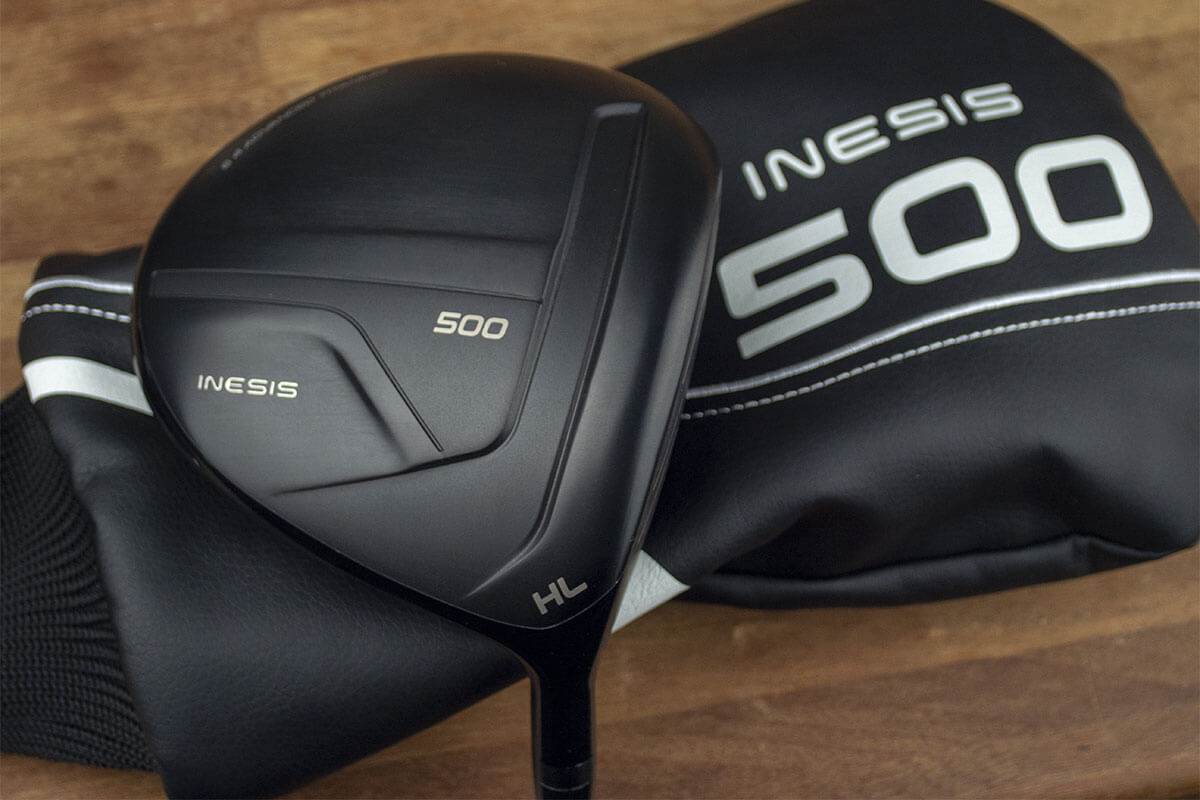




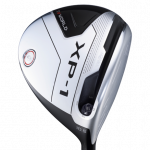
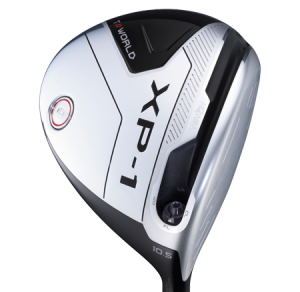



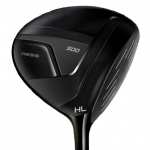










Allen Rindfuss
3 years ago
I bought a XXIO Prime 9 Driver and i am amazed at the distance and forgiveness of this club. I have had most of the major brands and none can compare to this club. For a slow swing club it is designed for just that. The club is very light and easy to adjust too. Heel and toe shots are so forgiving.